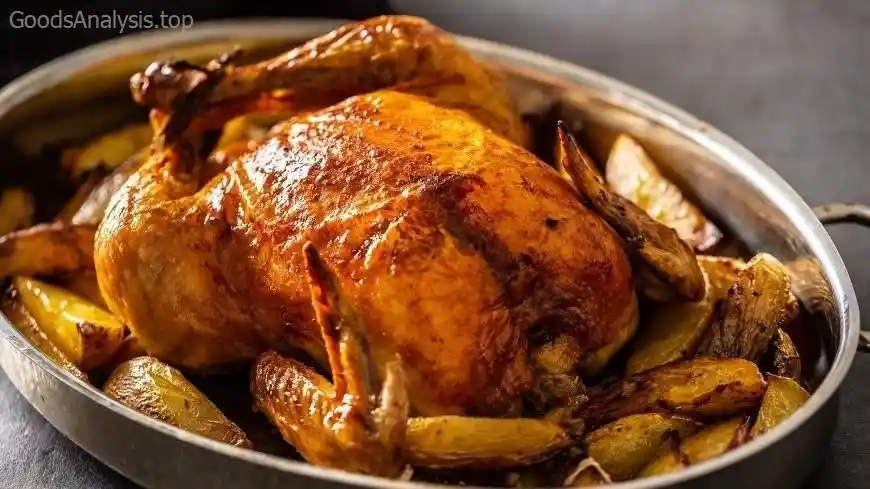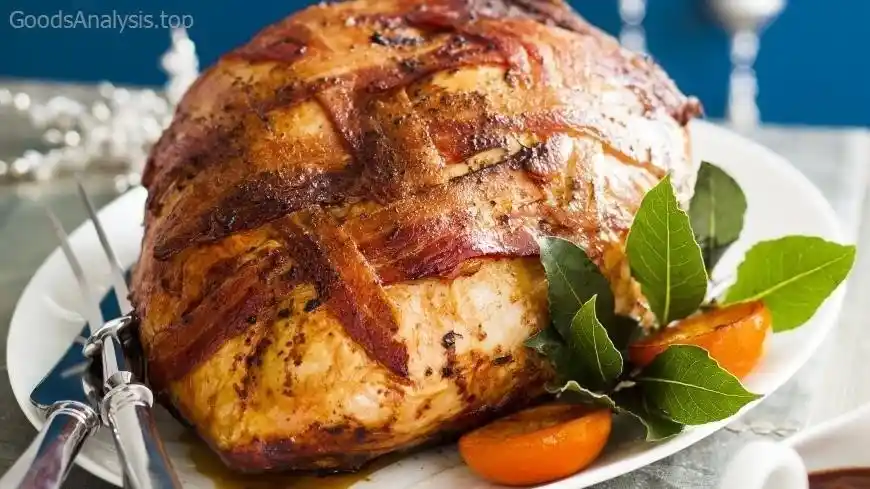Cooking a turkey isn’t just a task; it’s a tradition, an event, and a celebration all wrapped up in one. Whether it’s a Thanksgiving feast, a holiday gathering, or just a Sunday dinner, roasting a turkey is an art that can leave you with a satisfying meal—or with a kitchen disaster. As someone with years of experience, I’ve seen it all: the perfectly golden, juicy bird and the dry, overcooked one that makes you wish you’d gone out for pizza instead. But fear not! With a little know-how and the right approach, you can turn your turkey cooking into a success every time.
Choosing the Right Turkey
Before you even think about turning on the oven, let’s talk about selecting the right turkey. The first decision: fresh or frozen?
- Fresh Turkeys: These are more expensive but typically yield a better texture and flavor. They’re ready to go once you bring them home, but don’t be fooled into thinking they’re more tender just because they haven’t been frozen. Fresh doesn’t always mean better—it depends on the quality of the bird.
- Frozen Turkeys: These are affordable and can last months in the freezer. However, the thawing process is key, and it can take several days to do it properly. Plan ahead: a 12-pound turkey can take 3 days to thaw in the fridge.
Another choice you’ll face is size. A general rule of thumb is 1 to 1.5 pounds per person. But if you like leftovers (who doesn’t?), consider getting a bigger bird. For instance, a 14-pound turkey works well for about 8-10 people.
Thawing the Turkey
If you’ve gone with a frozen bird, don’t rush things. Thawing is crucial, and it’s not something you want to try and speed up with hot water or leaving it out on the counter (yikes!).
The safest method is to thaw your turkey in the fridge. Here’s the breakdown:
- For a 4 to 12-pound turkey: 1 day
- For a 12 to 16-pound turkey: 2 days
- For a 16 to 20-pound turkey: 3 days
- For a 20 to 24-pound turkey: 4 days
Be patient—impatience leads to cooking disasters, and no one wants that.
Preparing the Turkey
Once your turkey is thawed, it’s time to get it ready for the oven. Remove the giblets from the cavity and any other packaging. You might find the neck and bag of giblets (heart, liver, and gizzards) tucked inside. You can either discard them or use them to make gravy or broth.
Now, it’s time to season. Here’s where the fun begins. Some prefer a simple salt-and-pepper rub, while others go for a herb-infused butter under the skin. Here’s a basic herb butter recipe that’s simple but effective:
- 1 cup unsalted butter, softened
- 2 teaspoons fresh thyme (or 1 teaspoon dried)
- 2 teaspoons fresh rosemary, finely chopped
- 1 teaspoon garlic powder
- Salt and pepper to taste

Rub this mixture under the skin of the turkey, on the breast, the thighs, and even the legs. The butter will help keep the turkey moist, adding flavor and a golden color. You can also stuff the cavity with onions, garlic, and herbs for added aroma.
The Cooking Process
Now, let’s talk oven temperature. Most experts agree that 325°F (163°C) is the sweet spot. It’s low enough to cook the bird evenly without burning the skin but high enough to get a nice golden finish.
Here’s a basic guide for cooking times based on the size of your bird:
- 8 to 12 pounds: 2.75 to 3 hours
- 12 to 14 pounds: 3 to 3.75 hours
- 14 to 18 pounds: 3.75 to 4.25 hours
- 18 to 20 pounds: 4.25 to 4.5 hours
- 20 to 24 pounds: 4.5 to 5 hours
But cooking times can vary based on your oven and whether you’re cooking the turkey stuffed or unstuffed. Stuffed turkeys take longer, and uncovered birds cook faster.
To ensure the turkey is fully cooked, use a meat thermometer. The bird is done when the internal temperature reaches 165°F (74°C) at the thickest part of the thigh (without touching bone), and if you’ve stuffed it, the stuffing should also reach 165°F (74°C).
Roasting Tips & Techniques
There are a few tips that can elevate your turkey to the next level:
- Basting: Some cooks love to baste their turkey every 30 minutes. But here’s the truth—repeatedly opening the oven lets out heat, which can lead to uneven cooking. If you do baste, try it sparingly—every hour is usually enough.
- Tent with Foil: If the skin is getting too dark but the turkey isn’t done yet, tent the bird with foil. This will prevent burning while allowing the bird to continue cooking.
- Resting: Once you take the turkey out of the oven, let it rest for at least 20 minutes before carving. This allows the juices to redistribute, ensuring a moist turkey.

Carving the Turkey
Carving a turkey is like art, but you don’t need to be Michelangelo. Here’s a simple step-by-step:
- Start by cutting through the skin between the drumsticks and body of the turkey.
- Remove the legs and thighs. Slice through the joint where the drumstick meets the body.
- Next, remove the wings.
- For the breast meat, slice down along the breastbone, following the contour of the ribcage, then cut the meat into slices.
Common Pitfalls and How to Avoid Them
1. Dry Turkey:
If your turkey turns out dry, it’s usually because it was overcooked. Ensure your thermometer reads 165°F (74°C), and don’t cook it past that. If you didn’t brine or baste it, next time consider adding those steps for extra moisture.
2. Undercooked Turkey:
Undercooked turkey is a safety hazard. Always trust your thermometer. And if in doubt, cook it a little longer—better safe than sorry.
3. Flavorless Bird:
Season, season, season! Don’t just rely on the surface. Getting the butter and herbs under the skin makes a huge difference. Also, marinate or brine the bird beforehand for an added flavor boost.
Final Thoughts
Cooking a turkey is a big deal, but it doesn’t need to be intimidating. With a little patience, some preparation, and the right techniques, you’ll be able to serve up a delicious, golden turkey that will have everyone coming back for seconds. And remember: a great turkey isn’t just about the bird itself—it’s the whole experience of bringing people together, sharing stories, and creating memories.
Opinions on Cooking Turkey from Around the World
- Sarah, 35, USA (New York)
“Turkey is a Thanksgiving staple, but I find that a little extra brining makes all the difference. My family swears by it now. I always make sure to rest the turkey, though—I learned that the hard way!” - Miguel, 58, Mexico (Mexico City)
“We usually cook turkey at Christmas, and I love to stuff it with chorizo and dried fruit. It’s a unique twist, but it’s always juicy and flavorful. Definitely worth the extra prep.” - Jing, 42, China (Shanghai)
“I prefer roasting turkey in a wok—well, more of a hybrid roasting method. It cooks faster and keeps the skin crispy, which I love. I season it with soy sauce and five-spice powder.” - Amira, 48, Egypt (Cairo)
“In Egypt, turkey isn’t as common, but I’ve tried cooking it for family gatherings. I love slow-roasting it with cumin and coriander, giving it a Middle Eastern flair. It’s a hit every time.” - Jean, 61, France (Paris)
“Le dinde is a big holiday meal in our house. I prefer to cook mine with a simple garlic-butter rub, and I make sure to use a thermometer—it’s the best way to get that perfect golden, juicy bird.”









